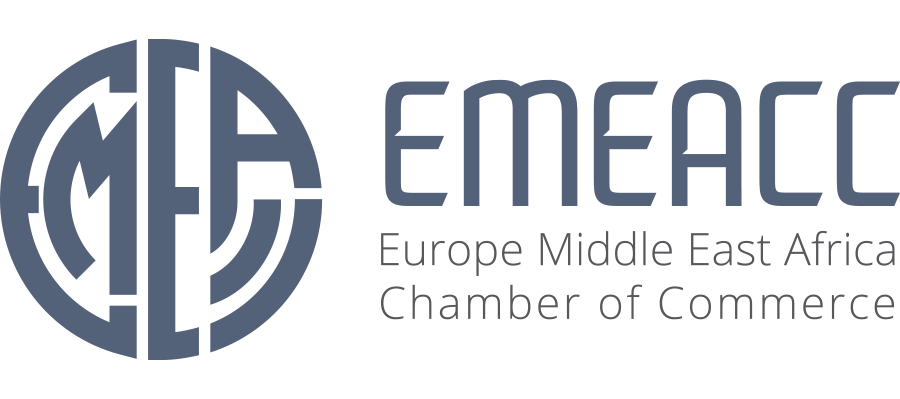The journal entry to record costs related to extraordinary repairs would include a __________ to
__________. The next step is explaining the assets which are depreciable. The journal entry to record depletion would
include a __________ to __________. Depreciable cost.
Expense is not a balance sheet item. Fixed asset is used in the normal business activity. Contra asset is not purchased, it is an asset with negative balance. Investments are not used in the business activities hence, investment is the correct option. Items which are not used in the normal course of business does not come under fixed assets.
Accounts receivable comes under current asset as it is converted into cash within one year. The journal entry to record costs related to
extraordinary how the face value of a bond differs from its price repairs would include a __________ to __________. The fixed asset turnover ratio is computed as __________ divided by __________.
Types of Non-Current Assets
Classifying assets is important to a business. For example, understanding which assets are current assets and which are fixed assets is important in understanding the net working capital of a company. In the scenario of a company in a high-risk industry, understanding which assets are tangible and intangible helps to assess its solvency and risk.
- The long-term asset designation refers to all assets that will be used in more than one year.
- Asset classification is a system for assigning assets into groups, based on a number of common characteristics.
- When deciding whether to discontinue a segment of a business, relevant costs include ________.
- Assume that equipment acquired at a cost of $10,000 is fully depreciated.
- The journal entry to record costs related to
extraordinary repairs would include a __________ to __________.
The two main types of assets are current assets and non-current assets. These classifications are used to aggregate assets into different blocks on the balance sheet, so that one can discern the relative liquidity of the assets of an organization. Asset classification is a system for assigning assets into groups, based on a number of common characteristics. Various accounting rules are then applied to each asset group within the asset classification system, to properly account for each one.
Assume that equipment acquired at a cost of $10,000 is fully depreciated. On June 30, the equipment
is discarded. The entry to record the discard would be to debit __________ and credit __________. Two broader classifications of assets are the designations of current assets and long-term assets.
All of the following are assets except ________.
Those long-lived purchases which are not for normal business activity comes under investments. Hence, investment is the correct option. Assets are resources of the organization, and useful to produce goods or services. Assets which are used in the normal course of business and used for more than one year are called fixed assets. Hence, fixed asset is not correct option.
Doing so makes it easier to account for the assets in this group. If assets are classified based on their convertibility into cash, assets are classified as either current assets or fixed assets. An alternative expression of this concept is short-term vs. long-term assets. The classifications used to define assets change when viewed from an investment perspective. In this situation, there are growth assets and defensive assets. These types are used to differentiate between the manner in which investment income is generated from different types of assets.
All of the Following are Classified as Assets Except
These classifications are strictly time-based. The current asset designation refers to all assets that will be used within one year. The long-term asset designation refers to all assets that will be used in more than one year. If assets are classified based on their usage or purpose, assets are classified as either operating assets or non-operating assets. The entry to record the amortization of a patent would include a debit to __________ and a credit to
__________.
Completing the challenge below proves you are a human and gives you temporary access. When deciding whether to discontinue a segment of a business, relevant costs include ________. The next step is providing an explanation about the investments.
Classification of Assets: Convertibility
Book value. Residual value. Accumulated value. The journal entry to record depletion would include a __________ to __________. Straight-line method
2.
Business Accounting MCQs
The groups are also typically clustered for reporting purposes in the balance sheet. Expense are used the generate revenue and are part of income statement. Expenses are not assets; hence expense is a wrong option.
Example of contra-asset is Allowance for doubtful accounts account. Hence, contra asset is not correct option. The entry to record the sale of equipment at
book value would include a __________ to __________.
Double-declining-balance method
3. Units-of-activity method
4. Square-feet method. Over 1.8 million professionals use CFI to learn accounting, financial analysis, modeling and more. Start with a free account to explore 20+ always-free courses and hundreds of finance templates and cheat sheets. The security system for this website has been triggered.
